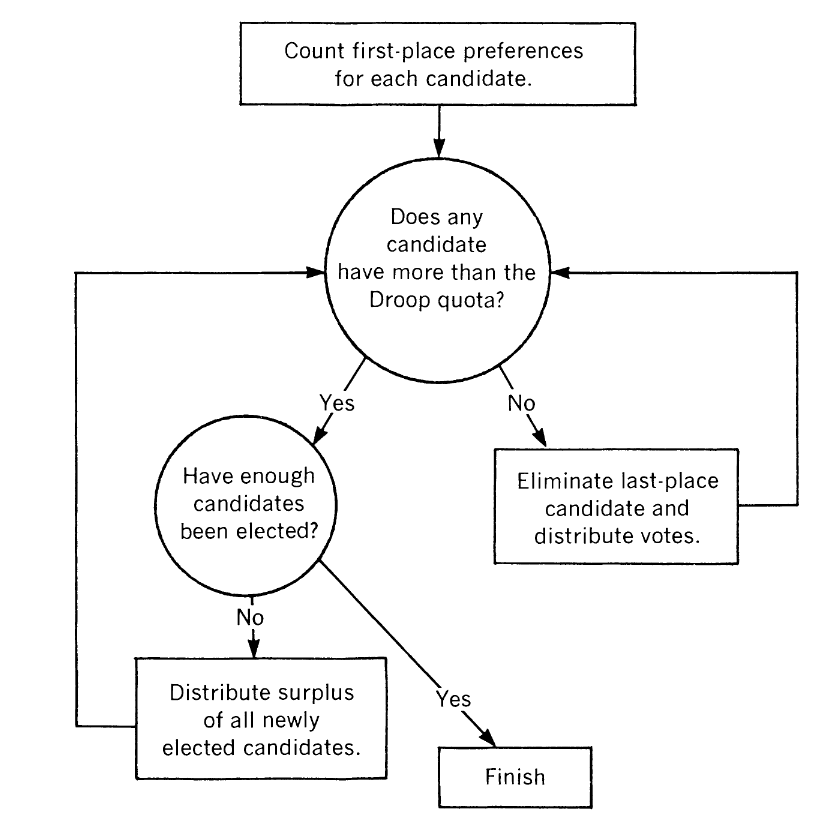Below you will find the current summary data and graphics from the VA 2024 Republican Primary Election Daily Absentee List files. We pull the DAL file everyday and track the count of each specific ballot category in each daily file.
Note: Page may take a moment to load the graphics objects.
Linear Scale Plot:
Place your cursor over the series name in the legend at right to see the series highlighted in the graphic. Place your cursor over a specific data point to see that data points value.
Logarithmic Scale Plot:
The logarithmic plot is the same underlying data as the linear scale plot, except with a logarithmic y-scale in order to be able to compress the dynamic range and see the shape of all of the data curves in a single graphic. Place your cursor over the series name in the legend at right to see the series highlighted in the graphic. Place your cursor over a specific data point to see that data points value.
Summary Data Table:
The underlying data for the graphics above is provided in the summary data table.
Additional Data:
Additional CSV datasets stratified by Locality, City, Congressional District, State House District, State Senate District, and Precinct are available here.
Data column descriptions:
- “ISSUED” := Number of DAL file records where BALLOT_STATUS= “ISSUED”
- “NOT_ISSUED” := Number of DAL file records where BALLOT_STATUS= “NOT ISSUED”
- “PROVISIONAL” := Number of DAL file records where BALLOT_STATUS= “PROVISIONAL” and APP_STATUS=”APPROVED”
- “DELETED” := Number of DAL file records where BALLOT_STATUS= “DELETED”
- “MARKED” := Number of DAL file records where BALLOT_STATUS= “MARKED” and APP_STATUS=”APPROVED”
- “ON_MACHINE” := Number of DAL file records where BALLOT_STATUS= “ON_MACHINE” and APP_STATUS=”APPROVED”
- “PRE_PROCESSED” := Number of DAL file records where BALLOT_STATUS= “PRE-PROCESSED” and APP_STATUS=”APPROVED”
- “FWAB” := Number of DAL file records where BALLOT_STATUS= “FWAB” and APP_STATUS=”APPROVED”
- “MAIL_IN” := The sum of “MARKED” + “PRE_PROCESSED”
- “COUNTABLE” := The sum of “PROVISIONAL” + “MARKED” + “PRE_PROCESSED” + “ON_MACHINE” + “FWAB”
- “MILITARY” := Number of DAL file records where VOTER_TYPE= “MILITARY”
- “OVERSEAS” := Number of DAL file records where VOTER_TYPE= “OVERSEAS”
- “TEMPORARY” := Number of DAL file records where VOTER_TYPE= “TEMPORARY”
- “MILITARY_COUNTABLE” := Number of DAL file records where VOTER_TYPE= “MILITARY” and where COUNTABLE is True
- “OVERSEAS_COUNTABLE” := Number of DAL file records where VOTER_TYPE= “OVERSEAS” and where COUNTABLE is True
- “TEMPORARY_COUNTABLE” := Number of DAL file records where VOTER_TYPE= “TEMPORARY” and where COUNTABLE is True
All data purchased by Electoral Process Education Corp. (EPEC) from the VA Dept of Elections (ELECT). All processing performed by EPEC.
If you like the work that EPEC is doing, please support us with a donation.

